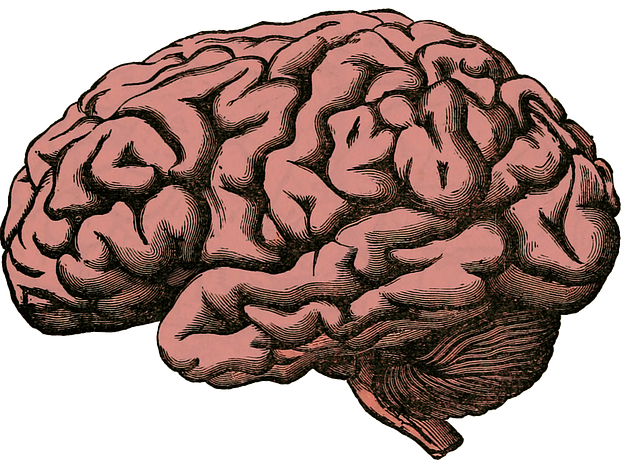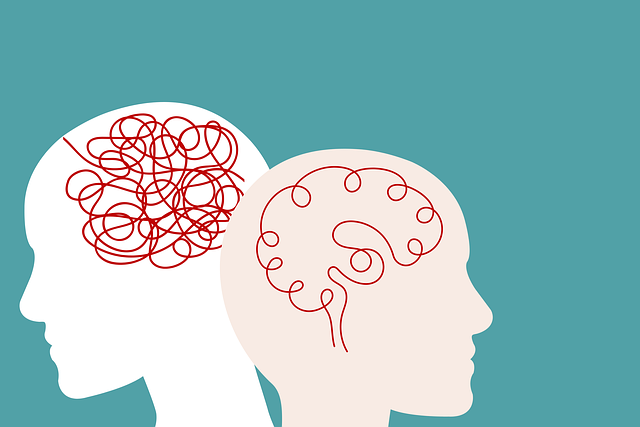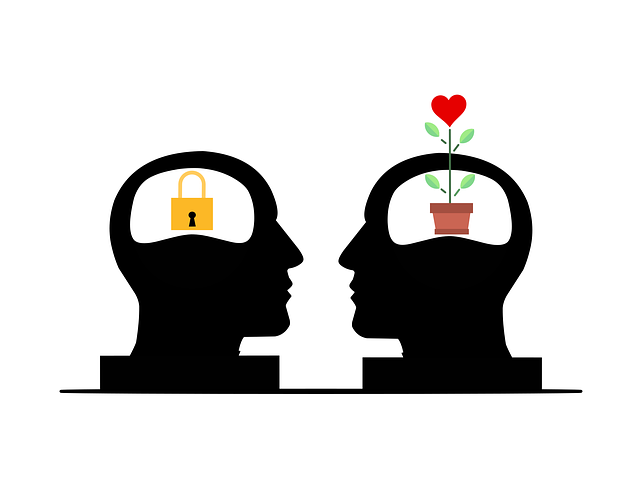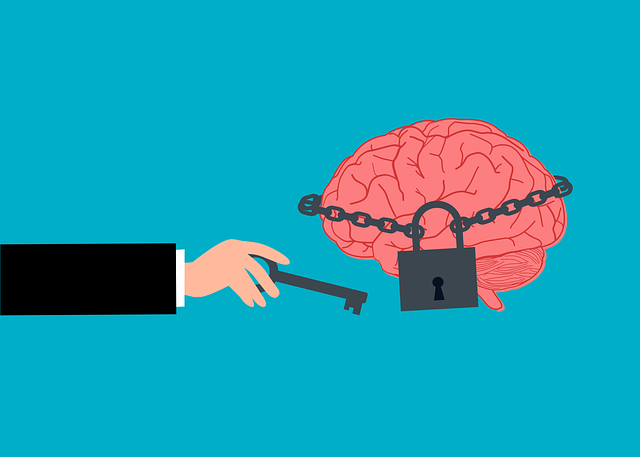Burnout among healthcare providers, characterized by emotional exhaustion, depersonalization, and reduced personal accomplishment (Lone Tree Adjustment Disorder), is a growing concern impacting well-being and patient care. High workload, long hours, and complex patient interactions exacerbate this issue. Addressing burnout requires a multi-faceted approach: empathy-building strategies, community outreach programs, resilience-building techniques, and Lone Tree Adjustment Disorder Therapy to improve mental health and job satisfaction. Recognizing early indicators like chronic fatigue and irritability is vital for fostering support cultures. Integrating Emotional Intelligence into professional development and LTAD Therapy offers personalized interventions, mindfulness practices, and boundary setting to enhance coping mechanisms and stress management skills, enabling healthcare providers to better navigate high-pressure environments.
Healthcare provider burnout is a growing concern, impacting both professionals’ well-being and patient care. This comprehensive guide explores strategies to prevent and mitigate burnout among healthcare workers. We delve into the root causes, signs to watch for, and effective countermeasures. From identifying personal triggers to implementing unique therapies like Lone Tree Adjustment Disorder Therapy, this article equips healthcare professionals with tools to thrive. Discover how these strategies can foster resilience and enhance job satisfaction in an increasingly demanding field.
- Understanding Burnout Among Healthcare Providers
- Identifying the Signs and Symptoms of Burnout
- Effective Prevention Strategies for Healthcare Professionals
- Lone Tree Adjustment Disorder Therapy: A Unique Approach to Burnout Recovery
Understanding Burnout Among Healthcare Providers

Burnout among healthcare providers is a growing concern, impacting both individual well-being and patient care quality. It’s characterized by emotional exhaustion, depersonalization, and reduced personal accomplishment—a state often referred to as Lone Tree Adjustment Disorder in clinical settings. This phenomenon is exacerbated by high workload, long hours, and complex patient interactions, especially in dynamic healthcare environments.
Addressing burnout requires a multifaceted approach. Empathy-building strategies can enhance patient-provider relationships, reducing the emotional strain on healthcare workers. Community outreach program implementation can offload some responsibilities and foster a sense of belonging. Additionally, resilience-building techniques equip providers with coping mechanisms to navigate challenging situations, ultimately contributing to better mental health and job satisfaction.
Identifying the Signs and Symptoms of Burnout

Burnout among healthcare providers is a growing concern, often manifested through a range of signs and symptoms. Recognizing these early indicators is crucial for both individuals and institutions to foster a culture of support and resilience. Common signs include chronic fatigue, increased irritability or cynicism towards work, and reduced professional efficacy. Healthcare professionals may also experience insomnia, changes in appetite, and physical symptoms such as headaches or gastrointestinal issues. These markers can signal underlying emotional exhaustion and disengagement from patient care, necessitating intervention.
The integration of Lone Tree Adjustment Disorder Therapy, coupled with cultural sensitivity in mental healthcare practice, can be instrumental in addressing these issues. Encouraging self-awareness exercises and mental wellness journaling can help professionals process their experiences and emotions. By fostering open conversations about burnout and providing resources for stress management, institutions can create a supportive environment that promotes both individual well-being and high-quality patient care.
Effective Prevention Strategies for Healthcare Professionals

Healthcare professionals often face intense work environments and high-stress situations, leading to a significant risk of burnout. However, several effective prevention strategies can help mitigate these risks and promote emotional well-being. One crucial approach is integrating Emotional Intelligence into professional development programs. This involves enhancing self-awareness, empathy, and stress management skills, which are vital for navigating challenging patient interactions and maintaining work-life balance.
In addition to Emotional Intelligence, Lone Tree Adjustment Disorder Therapy offers valuable tools for addressing underlying issues contributing to burnout. Techniques focused on emotional well-being promotion can include mindfulness practices, regular self-care routines, and setting professional boundaries. These strategies empower healthcare providers to manage their mental health proactively, fostering resilience against the demands of their crucial role in society.
Lone Tree Adjustment Disorder Therapy: A Unique Approach to Burnout Recovery

Lone Tree Adjustment Disorder Therapy (LTAD) offers a novel perspective on addressing burnout among healthcare providers, particularly those in high-pressure environments. This therapeutic approach focuses on the individual’s unique adjustment mechanisms and coping strategies to combat stress. By evaluating an operator’s personal resilience and response to challenging situations, LTAD tailors interventions to prevent and manage burnout effectively.
Incorporating LTAD into burnout prevention strategies for healthcare providers involves assessing their risk factors and mental health status through comprehensive evaluations. This process identifies specific triggers and contributing factors, enabling personalized treatment plans. Through this tailored approach, healthcare professionals can develop enhanced coping mechanisms, improve stress management skills, and cultivate a more resilient mindset. As part of a holistic strategy, LTAD contributes to the overall well-being of medical staff, ensuring they have the tools necessary to navigate demanding professions with greater equanimity.
Burnout among healthcare providers is a pressing issue, but with the right strategies, it can be effectively prevented. By understanding the signs and symptoms, professionals can proactively address their well-being. Incorporating practices like Lone Tree Adjustment Disorder Therapy offers a unique and innovative approach to recovery, emphasizing holistic healing for sustained career satisfaction. Through collective efforts and embracing novel treatments, healthcare workers can navigate challenges and maintain resilience in their demanding roles.














